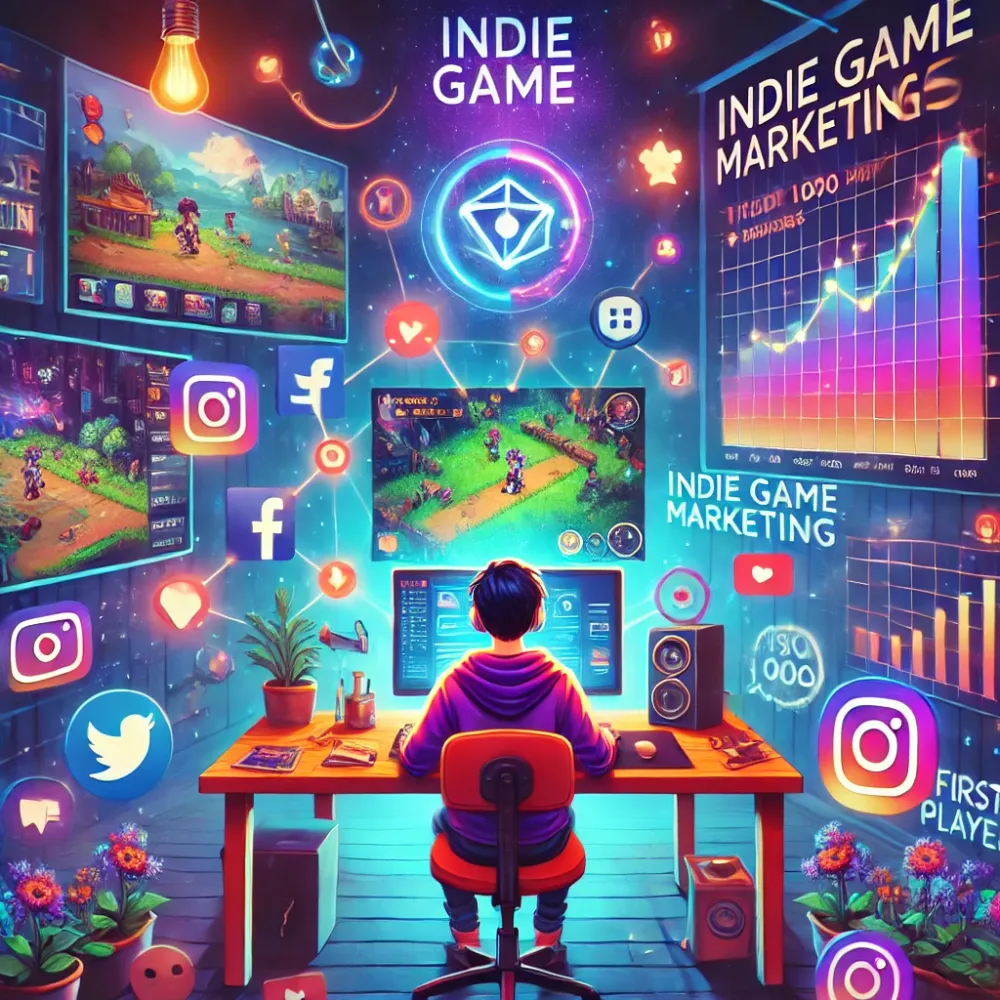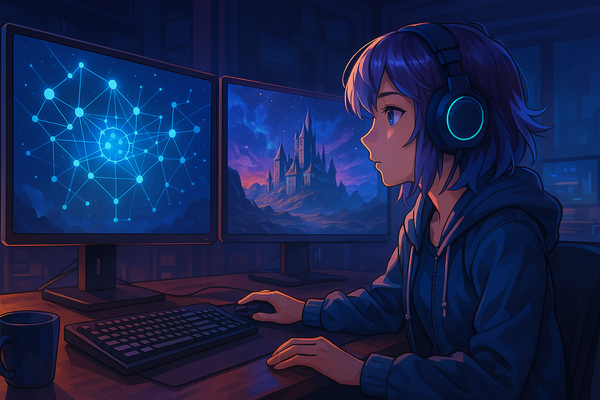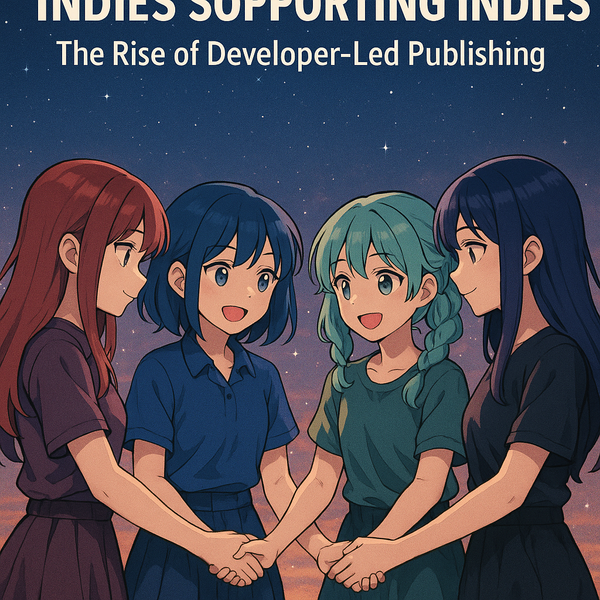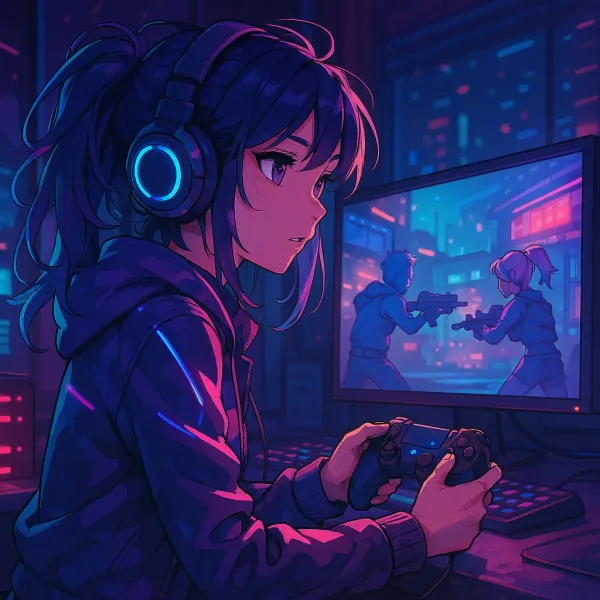Strategies for indie game visibility: Securing the first 1000 players
Launching an indie game in today's competitive market requires a multifaceted approach to attract and retain your initial player base. Here are key strategies to help you secure your first 1,000 players:
1. Leverage Steam's algorithm
Steam's discovery algorithm plays a crucial role in game visibility. By optimizing your game's presence on Steam, you can increase its chances of being recommended to potential players. This includes having an appealing store page, gathering user reviews, and encouraging wishlists. For instance, Ricardo Escobar's game Loddlenaut saw initial sales driven by wishlist conversions, which were later boosted by Steam promotions (Polygon).
2. Create engaging demos
Offering a demo allows players to experience your game firsthand, building interest and trust. Events like Steam's Neo Fest have proven effective for this purpose. For example, Fallen Tree Games' demo for The Precinct was downloaded over 100,000 times during the festival, significantly increasing its visibility (Le Monde.fr).
3. Utilize social media platforms
Platforms like TikTok have become powerful tools for game promotion. Short, engaging videos showcasing gameplay can go viral, reaching a vast audience. Loddlenaut benefited from viral TikTok posts, which led to increased wishlist additions and sales.
4. Engage with streamers and content creators
Building authentic relationships with streamers and content creators can amplify your game's reach. Rather than relying solely on paid promotions, fostering genuine connections can lead to organic growth. Theorycraft Games' approach with their game SUPERVIVE involved collaborating closely with creators, resulting in authentic content that resonated with audiences.
5. Develop a strong online presence
Maintaining an active presence on social media and gaming communities helps build a loyal following. Regular updates, behind-the-scenes content, and engaging with your audience can create a sense of community around your game. Connor P. Quinn of Lil Gator Game emphasized the importance of emotional connections with streamers and players to attract new users.
6. Participate in game festivals and events
Showcasing your game at festivals and events, both virtual and physical, can provide valuable exposure. These platforms allow you to connect directly with players and industry professionals, gathering feedback and building anticipation. Julien Moya from Rundisc credited the success of Chants of Sennaar to the hype generated around an early demo and strategic timing alongside a major release.
7. Implement targeted marketing campaigns
Identifying and targeting your specific audience through tailored marketing campaigns ensures that your promotional efforts reach those most likely to be interested in your game. Understanding your niche and focusing your resources accordingly can lead to more effective results. Anders Lauridsen of SKALD highlighted the importance of niche targeting and continuous social media engagement for maintaining momentum post-launch.
By combining these strategies, indie developers can effectively increase their game's visibility and secure their first 1,000 players. Success often stems from a blend of strong initial marketing, leveraging platform algorithms, and fostering organic community engagement.




